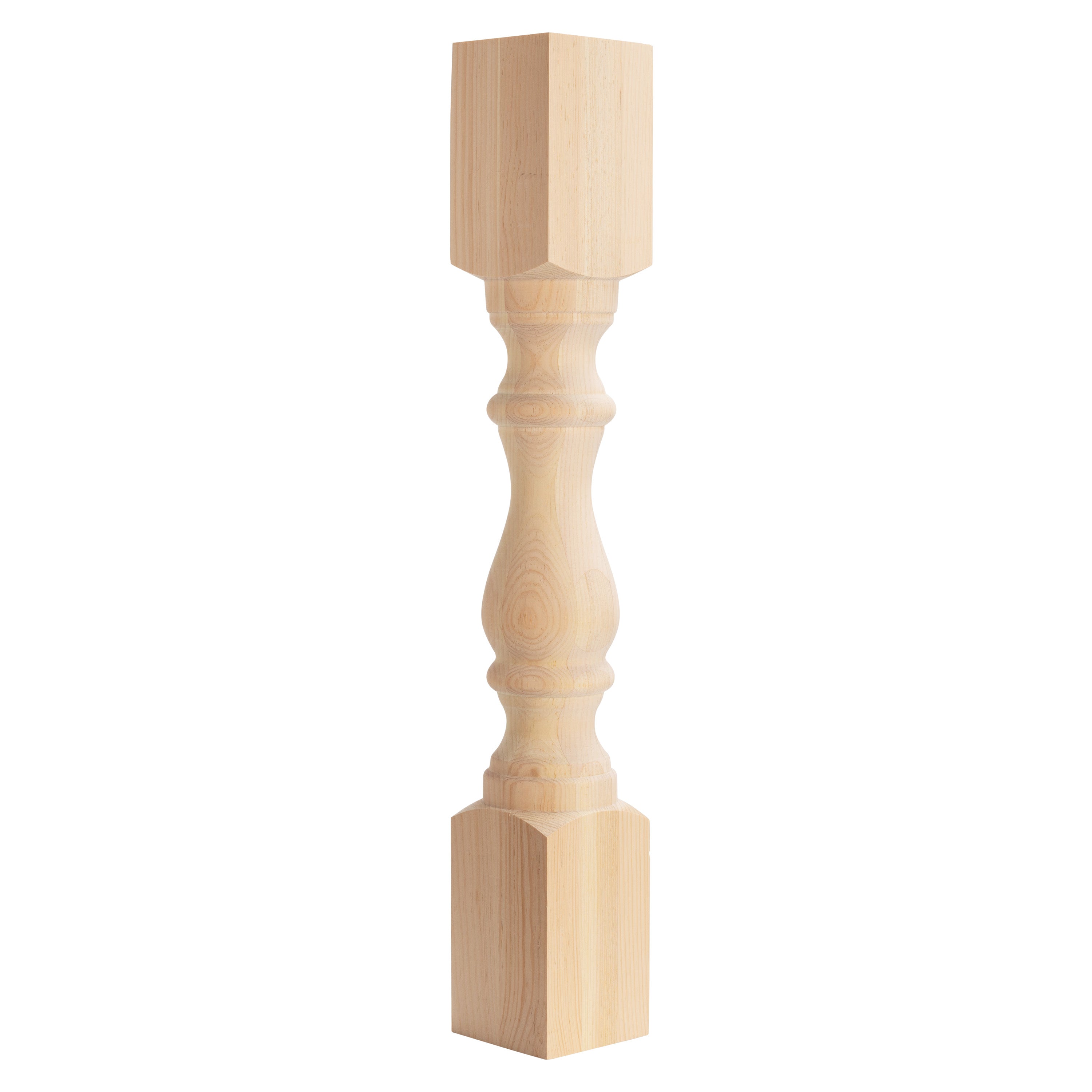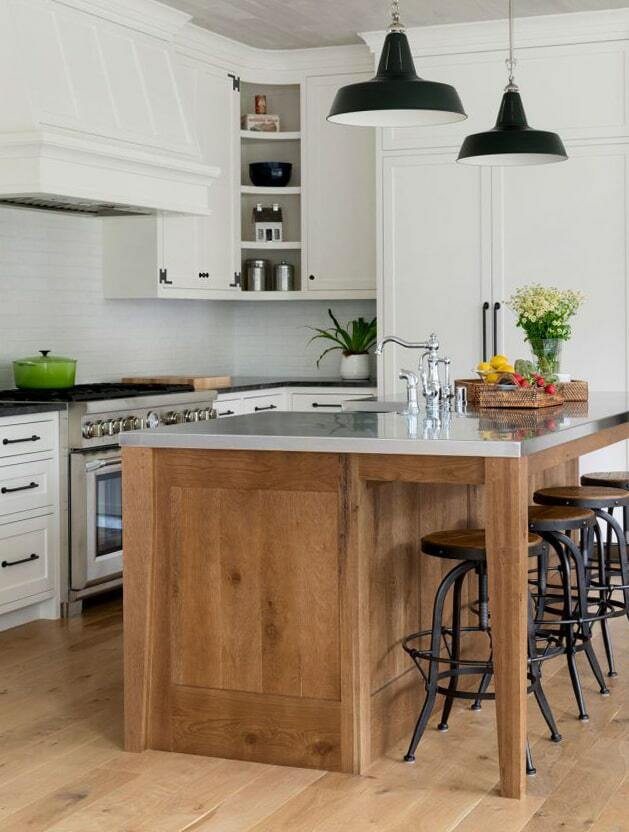The Top Kitchen Island Leg Styles to Enhance Any Type Of Layout Aesthetic
The Top Kitchen Island Leg Styles to Enhance Any Type Of Layout Aesthetic
Blog Article
The Significance of a Sturdy Kitchen Island Leg in Producing a Practical Cooking Area
A durable kitchen island leg works as an essential part in developing a functional cooking atmosphere, providing required support for both the counter top and numerous cooking area tasks. The security it provides can dramatically lower the risk of accidents in high-traffic locations, while also adding to the total aesthetic comprehensibility of the room. As kitchens evolve into multifunctional areas for cooking, eating, and socializing, the selection of materials and design considerations for island legs comes to be significantly crucial. Recognizing these aspects can change your cooking area into a safer and a lot more effective location, prompting additional expedition right into the very best options offered.
Benefits of Sturdy Island Legs
Providing essential support, strong kitchen area island legs play an essential duty in improving the functionality and sturdiness of kitchen islands - kitchen island leg. These legs not only bear the weight of the countertop and any kind of extra products put on the island, however also add to the overall security of the framework. A well-supported cooking area island makes sure that it continues to be useful and upright, even under hefty usage, which is specifically important in active kitchen area settings
Furthermore, sturdy island legs can enhance the visual allure of the kitchen. They provide a strong framework that can complement numerous layout styles, from modern to traditional. This flexibility enables homeowners to personalize their cooking area islands according to individual preference while guaranteeing that the architectural integrity stays uncompromised.
In addition to their supportive duty, durable kitchen area island legs can likewise improve safety. Inevitably, investing in durable kitchen island legs is vital for a functional and aesthetically pleasing cooking location.
Materials for Cooking Area Island Legs
When picking products for cooking area island legs, toughness and aesthetic charm are crucial aspects to consider. The most typical products include wood, steel, and engineered wood, each offering distinct advantages.
Hardwood, such as maple, cherry, or oak, is a traditional selection as a result of its toughness and classic elegance (kitchen island leg). It can withstand substantial weight and is resistant to put on, making it suitable for high-use cooking area atmospheres. In addition, hardwood can be discolored or painted to match various kitchen styles
Metal legs, often crafted from stainless steel or wrought iron, offer a industrial and contemporary appearance. They are incredibly solid and can sustain substantial loads while being resistant to moisture and warm, which is beneficial in a cooking location. Steel legs can likewise be quickly cleaned, enhancing their practicality.

Layout Considerations for Stability
The option of materials for kitchen island legs directly affects the design factors to consider for stability. When designing a kitchen area island, it is vital to assess the weight-bearing ability of the chosen products. Heavier products, such as strong wood or metal, usually supply higher security, specifically under the stress of daily use.
In addition, the leg design need to include appropriate geometry to boost stability. A larger base boosts the assistance area, reducing the danger of wobbling or tipping. Factor to consider needs to this page likewise be provided to the elevation of the legs; disproportionate leg sizes can lead to discrepancy, compromising the total stability of the island.
In addition, the distribution of weight throughout the island is important. Making sure that the leg placement lines up with the heaviest elements, such as devices and kitchen counters, will better enhance stability.
Upkeep Tips for Longevity

Depending on the material of the legs-- whether wood, steel, or composite-- appropriate cleaning methods should be employed. Steel legs might need a light polish to protect against rust and maintain their appeal.
Additionally, tightening bolts and screws frequently can guarantee stability and stop wobbling. Take into consideration enhancing the legs with added brackets or supports to enhance sturdiness if the kitchen area island experiences heavy use. Using a protective finish or sealer can safeguard against dampness and stains, extending the life-span of the legs. By following these upkeep ideas, home owners can ensure their kitchen area island legs continue to be useful and robust for years to find.
Picking the Right Leg Design
Normal maintenance guarantees that kitchen island legs stay useful and tough, however picking the right leg design is just as crucial for both appearances and support. The option of leg style can significantly influence the general layout and harmony of your cooking area.

Performance is another important facet. Thicker legs or those with a sturdy base can sustain larger countertops and devices, boosting the island's utility. On the other hand, slim legs might develop an airy look, ideal for lighter styles yet potentially less supportive.
Final Thought
In summary, the value of durable kitchen area island legs can not be overstated in the development of a functional food preparation location. These legs give essential assistance, improve stability, and contribute to the general visual of the cooking area.
A strong kitchen island leg serves as an essential component in developing a practical cooking environment, giving essential assistance for both the kitchen counter and various cooking area tasks.Providing important assistance, sturdy kitchen area island legs play a critical function in enhancing the capability and toughness of cooking area islands. Ultimately, investing in strong kitchen area island legs is essential for a functional and visually pleasing cooking area.
Factor to consider must additionally be given to the height of the legs; disproportionate leg lengths can lead to inequality, endangering the general stability of the island.
Wood legs give heat and a classic look, while metal legs use a industrial and modern-day feel.
Report this page